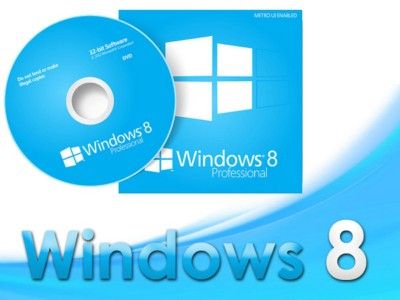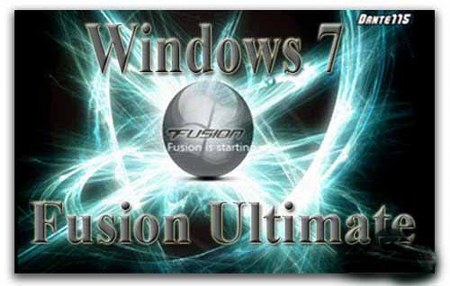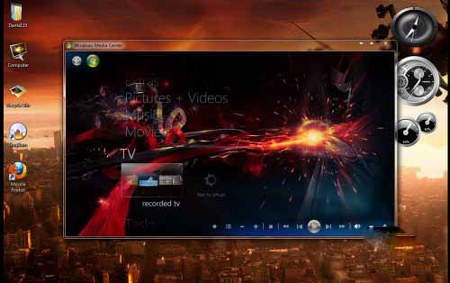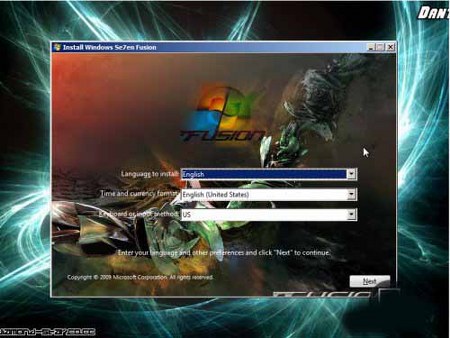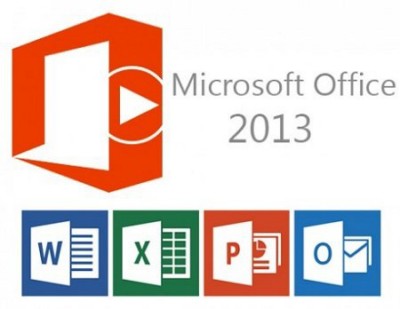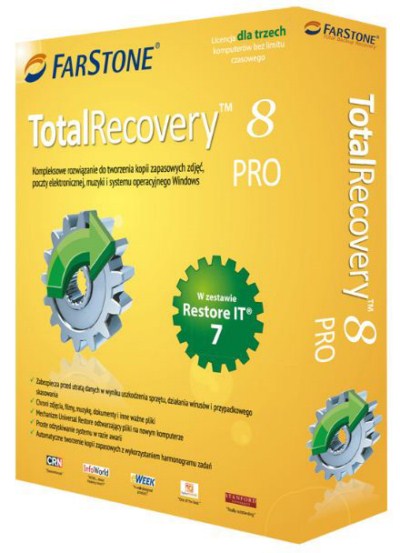Before the Internet became a reality, if you were to report a crime which involved a physical threat to you or some one whom you knew, chances are that you would be reporting a friend or relative - or at least a neighbour or somebody geographically close to you.
Now that the Internet is part of our daily lives, many Blogger blog owners, readers, and comment publishers - all of who use the Internet for various networking activities - have no idea of the possible international challenges involved in their activities. With the Internet involved, these dangers can come from somebody in another city, state, or country, who is a complete stranger to the potential victim.
Many people, offended or threatened by an abusive comment or post in a Blogger blog, immediately report their concern, in Blogger Help Forum: Something Is Broken.
The assumption made is that Blogger, when informed in the forum, will immediately remove the offensive or threatening content.
Not everybody realises that the varying nature of any given abuse, even when expressed in a Blogger blog, won't always be the responsibility of Blogger / Google to provide action. Some abusive content will require contact, with somebody in your local area.
Some abuse can be handled by your reporting it to Blogger / Google - and other abuse must be handled by the courts system - lawyers and judges, or by law enforcement.
- Assault, or serious threat of imminent physical damage / death, is a criminal issue, and should be handled by your local police.
- Battery, or actual physical damage / death, is likewise a criminal issue, and must be handled by your local police.
- Copyright Violation / DMCA Action is a civil issue, and is being handled by a public clearinghouse, ChillingEffects.
- Defamation (ridicule, slander, trash talk) is a civil or criminal issue, and must be handled by a lawyer and the courts system.
- Impersonation (identity theft) is a Google TOS issue, and can be reported using the Google Content Removal procedure.
- Harassment is a mild type of assault. It's generally a civil offense - and should be handled by a lawyer.
- Spam is a Google TOS issue, which generally cannot be reported, as it is automatically detected by the Blogger / Google Spam Classifier.
- Stalking is a criminal offense in many locales. It is a type of assault - and if you feel seriously threatened, may be handled by your local police.
- There are a variety of other Blogger / Google TOS issues, which are reported using the various Blogger / Google Abuse Reporting procedures. And, there are a variety of other civil and criminal issues, which must be handled by the courts system, and / or your local police.
You are responsible for reporting any offense accurately, and to the right agency - not solely to Blogger / Google. The above list is based upon USA legal terms. Other countries may use different definitions.
You need to understand the differences between Defamation and Impersonation, and other abuses, before attempting to report any threat to Blogger / Google. And, take action depending upon the medium used by the threat. Blogger / Google won't accept complaints about comments - as comments are jointly the property and responsibility of the blog owner, and of the comment publisher.
If the courts are involved - and the judgement is in your favour, you will need to submit a court order to Google.
The bottom line here is that some Internet conflicts may take time and effort to resolve. The courts system, which is currently based locally and nationally, may have to evolve, as the Internet brings strangers together - and creates opportunities for conflict.
>> Top

.png)







